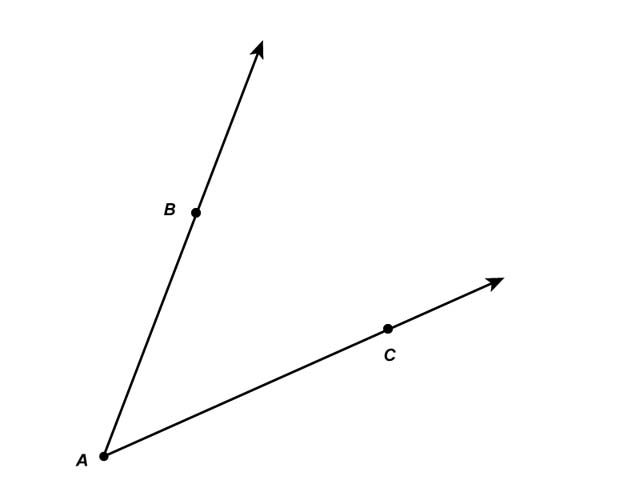
Where are the other two-thirds hiding?” Such a conversation won’t necessarily be simple-fractions are famously difficult even for adults-but this is a chance to speak the language and do the math together.ģ. “Oh, look, one-third of the apples are on the left side. How many apples are there now? Are there still three? Where are they? Let’s count.”įor children who already recognize at a glance that there are still three apples, you can turn this into a fraction conversation.
Just say things like, “I see the apples moved.

Or you can use titles like The Alphabet Room-which has the added benefit of teaching the alphabet-to track and count objects as they move around. Anno’s Counting Book moves objects around as the elements of a town grow and shift. Many picture books can easily be used to promote recognition of conservation of number. (If the child has to re-count the apples to be sure, we know she doesn’t yet display this math understanding.) Not so to a child, who needs to learn conservation of number. Using stories to promote recognition of conservation of number or fractions: To an adult, it’s obvious that three apples on a table that are moved to a couch are still three apples. The children can also be asked to count up the events once the train is complete, pointing to each card as they count.Ģ. Strengthening spatial relationship sense: Story train sequencing necessarily creates spatial relationships that allow children to literally see how far the events of a story or poem are from each other. What funny thing happened when the frogs moved forward through the clothesline? Why do you think they didn’t go backward at that point instead?.What do you think happened after the old woman woke up?.What do you think happened before the frogs took flight?.Strengthening number line language: Using Tuesday, the teacher can ask questions that emphasize sequence. Story trains can also use the language of the number line while providing the chance to manipulate spatial relationships along a single line.
Or the teacher can use a hands-on “story train” sequencing approach like the one I’ve included in my early reader Molly and Joe Want to Know (which includes story cards, the main events of the story in pictorial form-children re-enact the text by putting the cards in order, like linking rail cars in a train).

With just a little questioning, the teacher can turn the reading of Tuesday into a sequencing activity that uses the language of the number line (before, after, forward, backward, next, then).


 0 kommentar(er)
0 kommentar(er)
